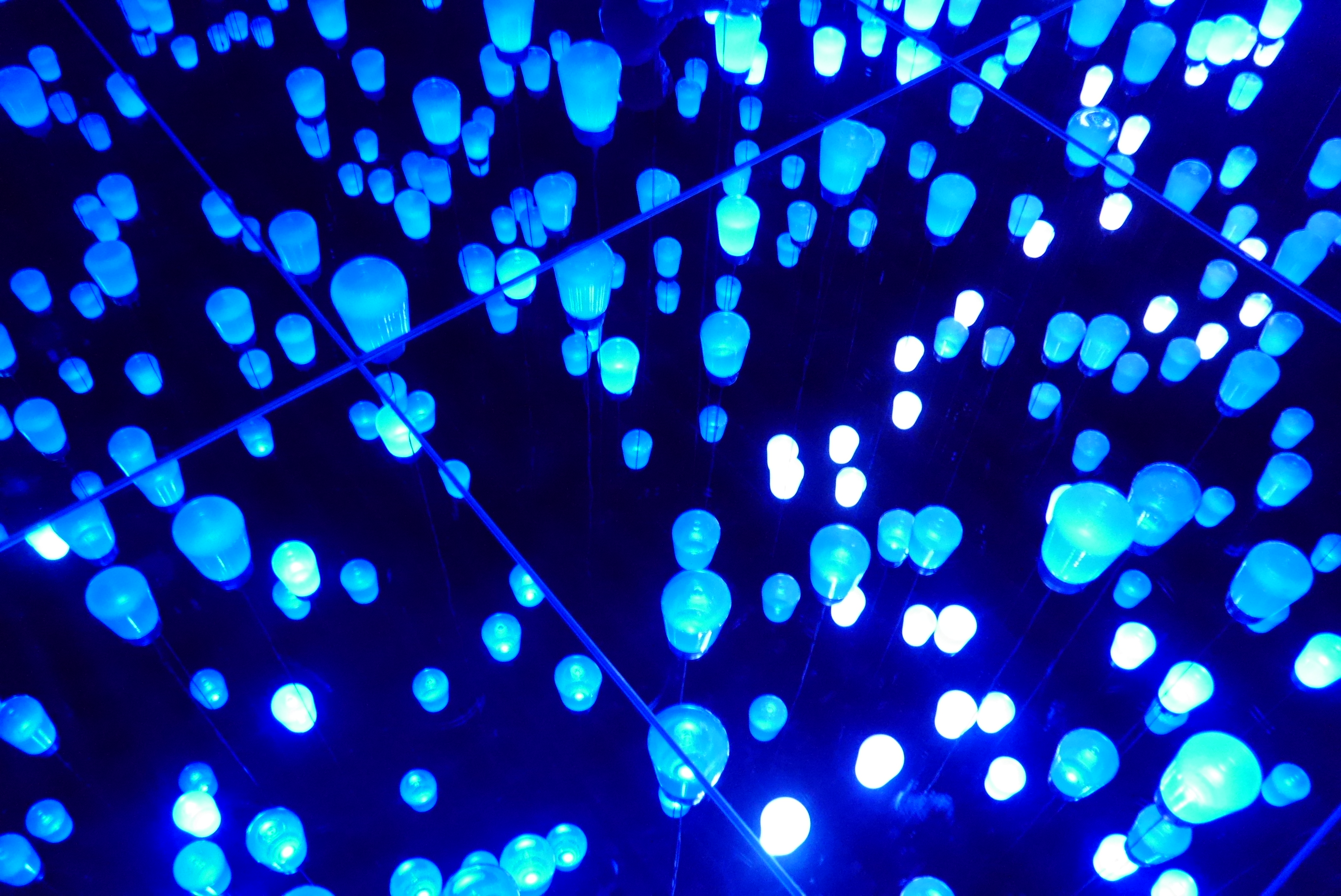Researchers at The University of Manchester in the UK discovered that blue light may not be as disruptive to our sleep patterns as originally thought. According to the team, using dim, cooler, lights in the evening and bright warmer lights in the day may be more beneficial to our health.
The scientists claimed that twilight is both dimmer and bluer than daylight and the body clock uses both of those features to determine the appropriate times to be asleep and awake.
In the research on mice, the team used a specially designed lighting whose color can be adjusted without changing brightness and found that blue colors produced weaker effects on the mouse body clock than equally bright yellow colors.
The result was published in Current Biology and the team believes that it has important implications for the design of lighting and visual displays intended to ensure healthy patterns of sleep and alertness.

“We show the common view that blue light has the strongest effect on the clock is misguided; in fact, the blue colors that are associated with twilight have a weaker effect than white or yellow light of equivalent brightness,” commented Dr Tim Brown, one of the team member.
However, our perception of color comes from the retinal cone cells and the new research shows that the blue color signals they supply reduce the impact on light on the clock.
“There is lots of interest in altering the impact of light on the clock by adjusting the brightness signals detected by melanopsin but current approaches usually do this by changing the ratio of short and long wavelength light; this provides a small difference in brightness at the expense of perceptible changes in color,” Brown added, “Our findings suggest that using dim, cooler, lights in the evening and bright warmer lights in the day may be more beneficial.”











